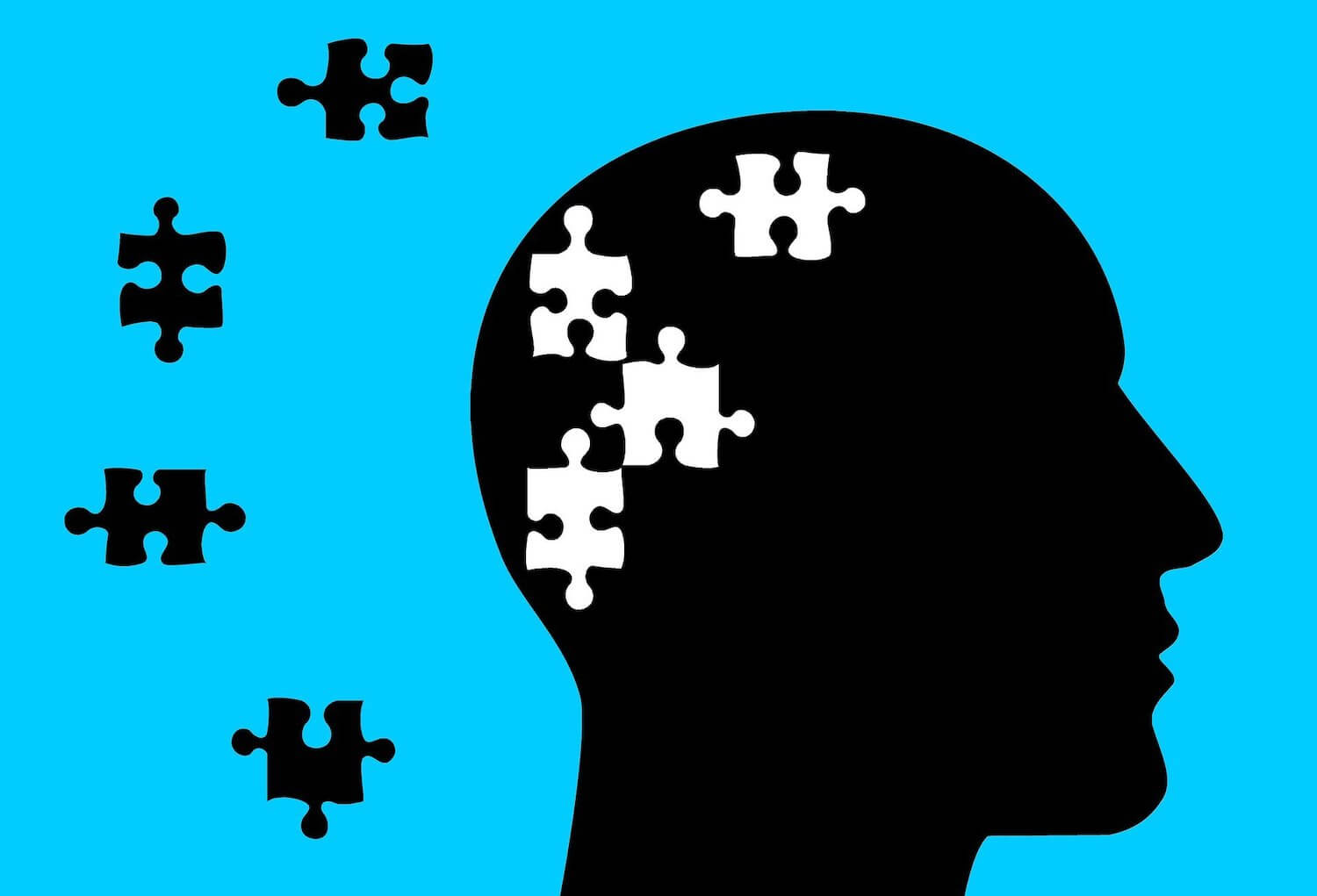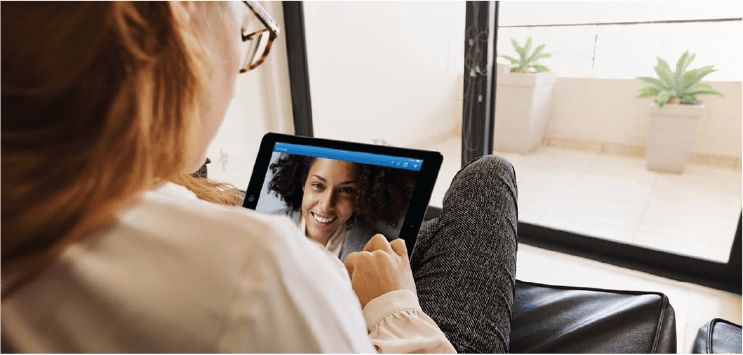The Case for Telepsychiatry Software
According to the American Psychiatric Association (APA), videoconferencing in psychiatry began in 1959 when the Nebraska Psychiatric Institute used the novel technology to provide group therapy, long-term therapy, and medical student training at the Nebraska state hospital. Since then, telepsychiatry software has given hospitals and private practices the ability to provide secure mental health care to an increasingly larger population of people.
Mental health issues may be highly personal; however, psychiatrists and patients are still able to forge a trusted, face-to-face relationship via telepsychiatry. The APA says, “Telepsychiatry is equivalent to in-person care in diagnostic accuracy, treatment effectiveness, and patient satisfaction; it often saves time, money and other resources.” For many, having easier and more convenient access to a professionally trained therapist outweighs any downside to videoconferencing.
Telepsychiatry is noted as being particularly beneficial for the treatment of anxiety, depression, eating disorders, substance abuse, and schizophrenia. There is empirical evidence for telemedicine intervention for a wide range of mental disorders, improving symptoms and the quality of life among people across demographics and diagnostic groups.
In the past, telepsychiatry software was primarily utilized by mental health centers, private practices, primary care centers, and residential treatment facilities. Today, hospitals and emergency rooms are investing in telepsychiatry software to provide faster evaluation, admittance, transfers, and discharges for patients.
A story published by Modern Healthcare highlights the problem with psychiatric patients going to emergency rooms only to wait for days, in some cases, to be diagnosed and admitted to the right hospital unit. There has been a steady increase in demand for psychiatric services, too, with suicide rates and substance abuse cases rising. The long waits have even garnered its own terminology, “ER boarding.” COVID-19 is only making things worse.
Related: COVID-19 & Telehealth Expansion
“And the problem goes beyond treating the patients themselves. While waiting in the emergency room, patients may become disruptive, interfering with care for other patients. They sometimes become combative and pose a safety risk for themselves, staff or other patients,” the article says. One of the potential solutions it cites is expanding psychiatric telemedicine programs to get quicker diagnoses.
The COVID-19 Factor
There may never be an accurate assessment of the full impact of COVID-19. One of the most unfortunate realities of the pandemic is the increase in mental health conditions. The CDC released a “Morbidity and Mortality Weekly Report” in August 2020, revealing that the prevalence of symptoms of anxiety disorder in June 2020 was more than three times those reported in the second quarter of 2019, 25.5 percent versus 8.1 percent. Depressive disorders have increased by even more, from 6.5 percent to 24.3 percent, four times the number of reports now versus the second quarter of 2019. Trauma- and stressor-related disorder (TSRD) and substance abuse cases have also increased sharply during the pandemic. The report also said that cases of suicidal ideation and consideration have doubled.
Even more distressing is that these mental health conditions appear to be hitting certain populations harder than others, particularly those that are known to have less access to mental health care. These are people who typically have few other options than to go to a hospital ER for help. They fill waiting rooms and become ER boarding victims.
Telepsychiatry Software Brings Relief
In light of COVID-19, the World Health Organization released guidance in February 2020, advising hospitals to “consider using telemedicine to evaluate suspected cases of COVID-19” to protect healthcare workers, as well as to extend provider capacity in hospitals. Congress even set aside $500 million for the sole purpose of equipping hospitals with telemedicine services.
Hospitals are experiencing the benefits of telemedicine for COVID cases and many are seeing it as a way to speed care to patients with mental health issues who come to the emergency room for help. Telepsychiatry software enables ERs to more rapidly connect patients with mental health professionals inside and outside of the ER, reducing their wait times significantly.
Instead of patients having to wait hours for a nurse or doctor who may not have mental health expertise to evaluate them and then wait longer for a specialist to see them or for a transfer, they can see a mental health provider much faster via telemedicine. Experienced telehealth specialists conduct mental health evaluations and develop a treatment plan for patients who come into the emergency room or for those already admitted. These professionals can come from other areas of the hospital, member hospitals, or even by contracting with off-site, telemedicine-based professionals, a practice the American Journal of Psychiatry said often yields better outcomes than relying on locally-available staff. In these cases, physicians are able to see patients in as little as three minutes.
No matter where mental health professionals originate, patients get care much faster, and emergency rooms and hospitals are able to expand their capacity by utilizing a broader network of mental health providers. Providing this kind of accessibility to specialists in the mental health field is critical in giving patients the best opportunity for recovery, particularly those who have fewer options of where they seek care. Hospital stays are shorter and emergency rooms are able to reserve their rooms for patients with physical ailments.
Telepsychiatry software is typically easy to implement, and the best providers enable ERs and hospitals to use their existing televisions or other screens to minimize capital investment. It is equally beneficial to find a platform-agnostic application that allows telemedicine-based professionals to connect with the patient from any device with internet access. Physicians can use a multi-party video capability should they need to bring in other providers. All video is HIPAA-compliant, eliminating any privacy concerns patients may have.
Where Will Telemedicine Go Next?
Telemedicine is taking healthcare to a new level, providing patients with unprecedented access to providers in virtually every specialty. With COVID-19, telemedicine is surging as more physicians, hospitals, and clinics are seeing it as a safe way to continue providing care to many patients.
McKinsey recently reported that patient use of telehealth services skyrocketed from 11 percent in 2019 to 49 percent since the pandemic began, and 76 percent say they are now interested in using telehealth going forward. On the provider side, various healthcare practices and systems, including mental health providers, report using telemedicine 175 times more than they did in the past. More than half of providers say they have a more favorable view of telehealth now than they did before COVID-19. Sometimes, it just takes getting used to a new technology before the real benefits can be realized.
While pre-COVID-19 forecasts put the U.S. telehealth market at $3 billion, increased adoption is forcing analysts to adjust their numbers. Today, experts estimate the market to jump to $250 billion. That dollar figure could grow even further as hospitals and emergency rooms find innovative ways to leverage the telehealth capabilities. Further, clinics, private practices and concierge physicians may scale their offerings, enabling patients to schedule increasingly more virtual visits for everything from diagnoses to post-surgery follow up to medication management.





